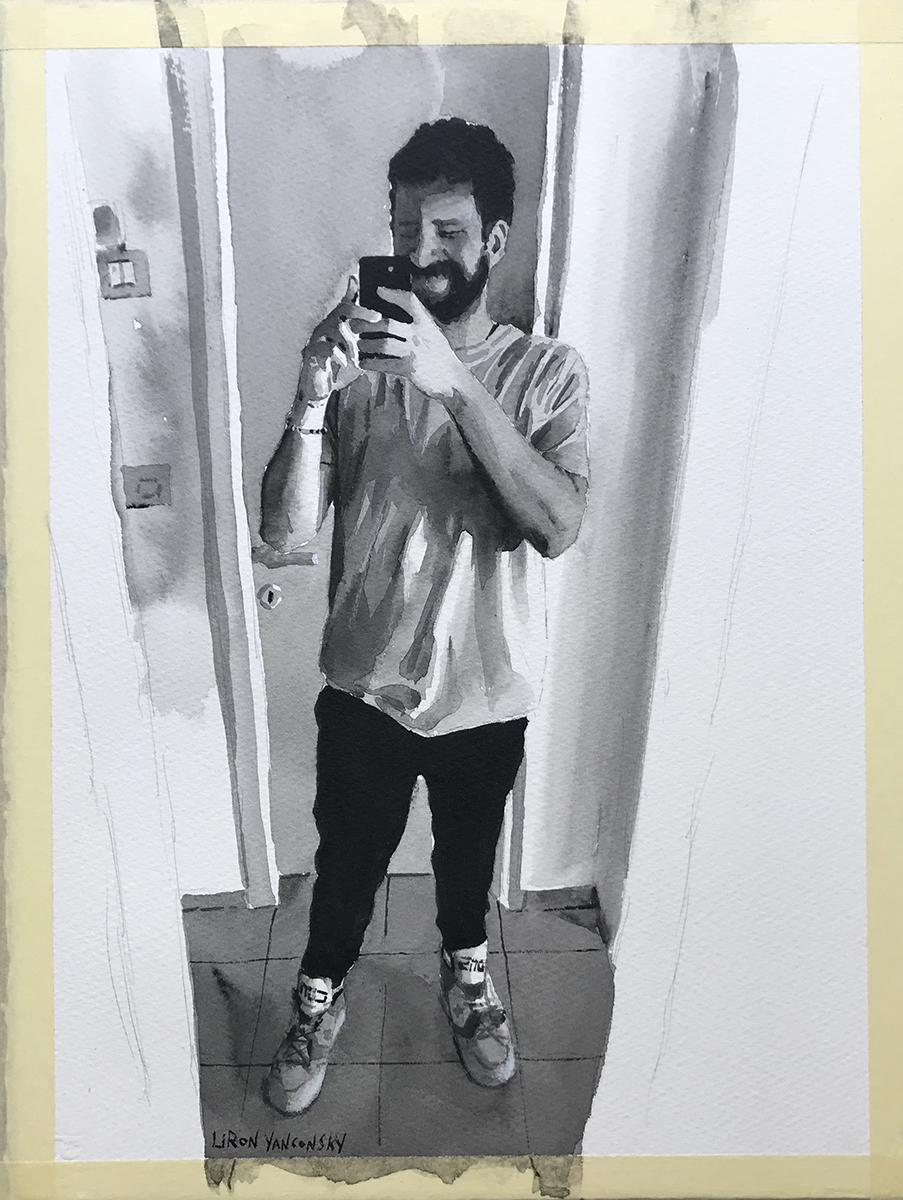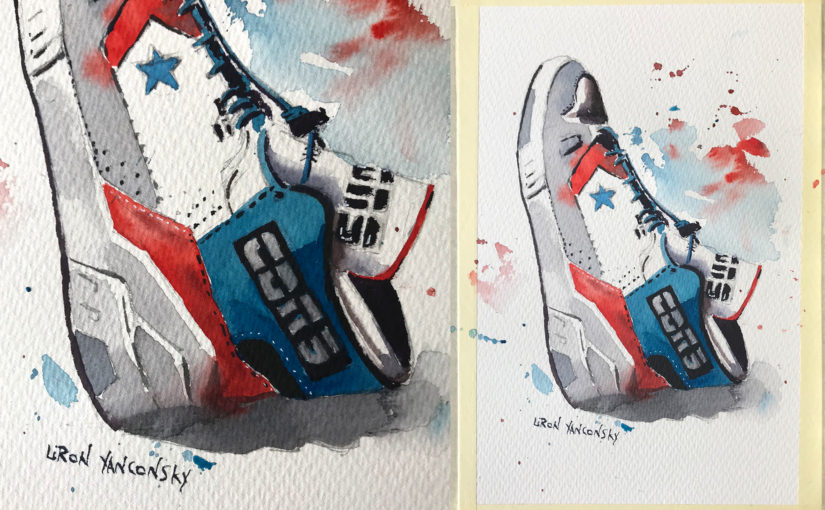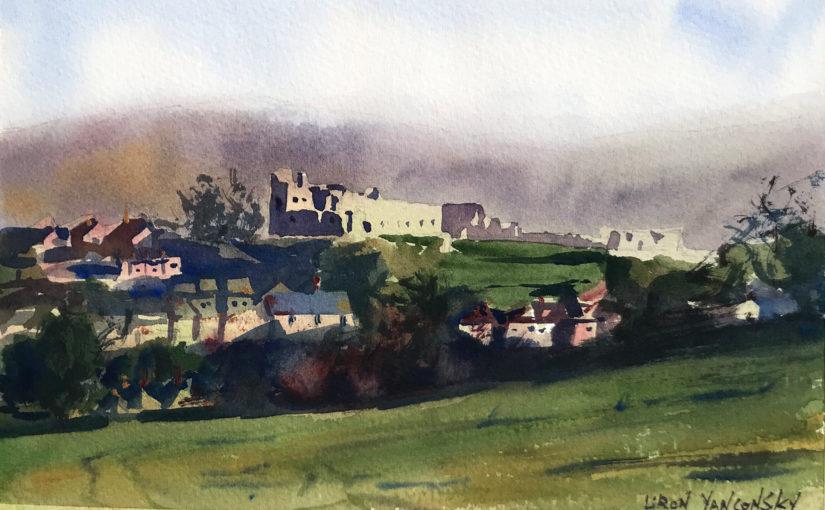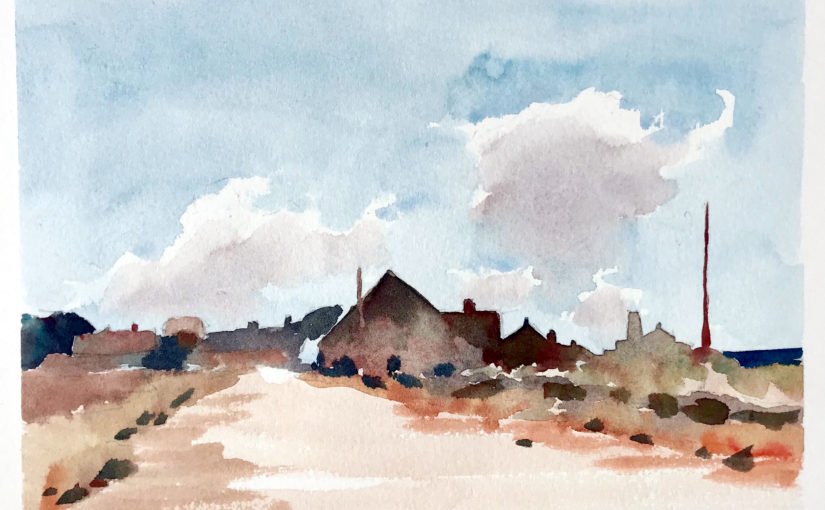Podcast: Play in new window | Download
Subscribe: Android |
In the picture above is an Edward Seago study I did a while ago
Impressionism Painting
Impressionistic paintings have always attracted me, from the moment I discovered the genre.
I always loved the ability to represent what you see on paper, with the added value of your own interpretive skills, and your special flare.
The Zbukvices and the Castagnets
Immediately after discovering Joseph Zbukvic and Alvaro castagnet I was HOOKED.
I started seeking out similar artists, and paintings in that loose impressionistic style.
I also attempted painting in this style, which was a huge challenge (and still is!).
Edward Seago
Another artist I recently discovered that does impressionism in both OILS and watercolor, is Edward Seago.
He will probably be responsible for me getting into oils in some point in the not-so-far future (;
What Makes Good Impressionistic Art
I have my own opinion about what makes a good impressionistic painting.
This is my opinion, and I could be wrong about some things, or missing others. This is by no means a conclusive list.
Here are some things I noticed so far:
Accurate drawing – This is a must. This is the basis for creating a realistic impression of what you see.
Good sense of light and shadow – This is the second most-important item on my list. I believe this is as important as an accurate drawing.
We see the world in the form of light and shadow, and portraying accurate values is the key for creating realism.
Simplification and abstraction – Here shines the true spirit of impressionism. We are not trying to include every single detail we see.
We simplify things for the viewer, including only what’s ABSOLUTELY NECESSARY. And the levels to which we simplify is a personal / style-related choice, but the impression we create still resembles the subject to a high degree.
Colorful / harmonious palette – To me color is secondary, but in some ways it can significantly enhance a painting.
When the colors work well together the good painting turns into a fantastic celebration of mood, atmosphere and temperature.
How to learn impressionism painting & how to improve
This is a question I don’t really have an answer for. I’m still learning this myself. However – there are some habits I noticed have been helping me with this.
Painting from live reference – This means either painting real objects inside, or real scenery outside. It means NOT working from photos.
I cannot stress enough how important field work is. It is an integral part of improving your visual language, which is what we are doing here, after all.
I also think it’s important, from time to time, to work from photos. The reason is that you can be more relaxed, well-organized, and practice the techniques.
Outside you have to hurry, the light is constantly moving and changing, and things are dynamic. Inside you don’t have that issue.
Learning from others – The way I approached learning this is by constantly alternating between two mindsets – inspiration and isolation.
What I practically do is focus for a while on learning from one specific artist who’s work I enjoy. The time-frame for this can range from two weeks to two months. I call this the inspiration period.
Then, I shift into isolation. I ONLY focus on painting what I see, as I see it. I don’t watch YouTube videos. I don’t look at other peoples’ art. I only focus on MY OWN WORK.
And then I go back to inspiration for a while, and the cycle begins again.
I find this REALLY helps me to soak up inspiration and knowledge, and then internalize everything and combine it with MY OWN style.
Conclusion
And this is everything I wanted to share!
Like every new skill, it can be a bit of a challenge. But with enough consistency you get the ball rolling and before you know it – you are an expert!
I hope you enjoyed this one (:
Artist Corner
Today we talked about Edward Seago. He was an amazing English painter who worked in both oils and watercolor.
He lived from 1910 to 1974, and led an interesting life. He was quite close to the royal family, and was even invited on a tour to the Antarctic with prince Phillip.
He produced there what is considered his best work. I personally love both his oil paintings and his watercolors. He had an amazing way of simplifying what he sees.
You can read more about him on Wikipedia – Edward Seago
And here is a Google Images search for you to browse and enjoy
And here’s where you can find me (:
You can support me on Patreon
Check out my YouTube Channel – Liron Yanconsky
Or ask me questions on Instagram – @LironYanIL or Snapchat – @LironYan3




